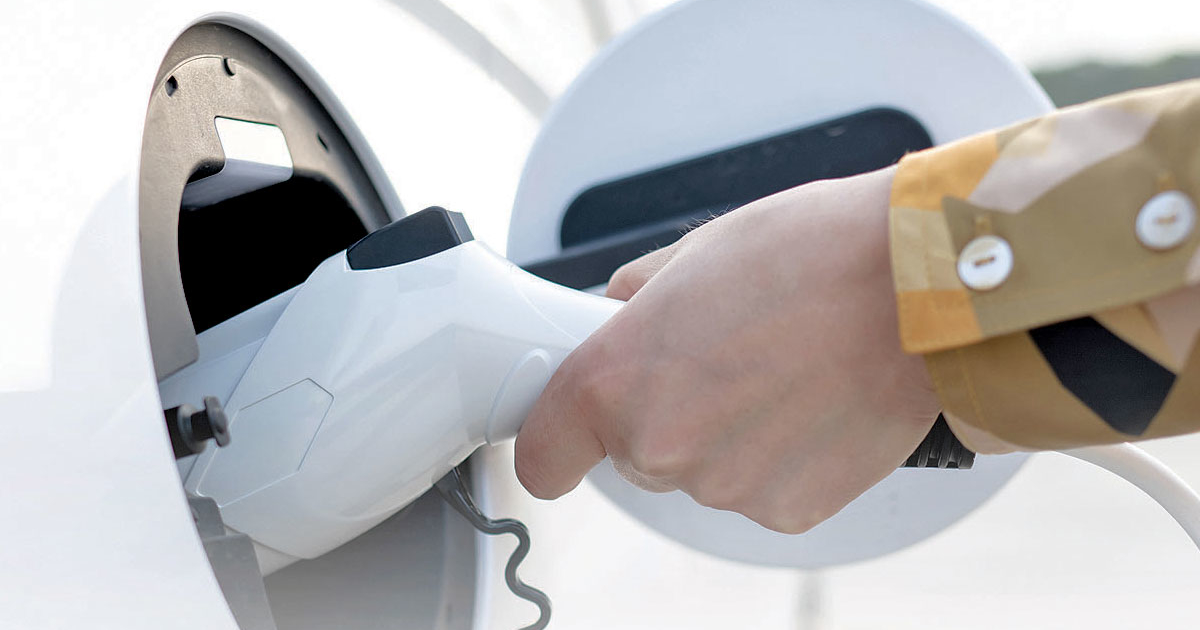
Wasn’t it just the other day that there was a long waiting list for Mustang Mach-Es?
Now my colleagues report seeing them stocked — even overstocked — at their local Ford dealership.
A number of unsettling data points have raised some doubts about the electric vehicle revolution. Market share appears stuck at around 7 percent. Publicly held dealerships say Tesla’s price cuts are putting pressure on incumbent brands’ EVs. Incentives are double those of gasoline-powered vehicles. At the end of last month, U.S. dealers had a 103 days’ supply of electric vehicles, which is a worrisome number — at least in normal times with mature products.
Of course, it’s really a different situation for EVs, with a new technology, an incomplete range of vehicles available and volatile production. But the data does reflect some of the challenges of growing from a niche to the mainstream.
Most Americans who have bought an EV in the past decade are early adopters of new technology — curious consumers who have money to spend and environmental enthusiasts who are eager to minimize their carbon and karmic footprints.
There are enough of those folks to make Tesla large and profitable. But to find enough EV buyers — and repeat buyers — to support most or all of the domestic auto industry’s product plans, EVs are going to have to offer a compellingly superior value proposition.
And we’re not there yet.
This is not a surprise, and it shouldn’t raise any doubts about the electrification trend.
It took decades for the auto industry to become the efficient, well-understood engine of the economy that we’ve known for our lifetimes. Switching from gasoline power to electricity is going to take some time, too.
Middle-market new-vehicle buyers have good reasons to hold out. Prices are still high, even with federal tax credits. And range remains a key sticking point for shoppers.
But perhaps the biggest hurdle at this stage is the availability of fast, reliable public EV charging — or rather the lack of it. It’s arguably the antidote to range anxiety.
The first wave of EV owners are committed to making it work. Mapping out a route, defying range anxiety, hunting for a working charger — these are all part of the adventure.
The rest want something that is as easy as filling up at a gas station.
Most days, charging an EV is that easy. But on a road trip? Not so much.
Elaine Buckberg, the former General Motors chief economist who recently became a senior fellow at the Salata Institute for Climate and Sustainability at Harvard University, has driven EVs from Michigan to Massachusetts. She said it’s “doable, but it’s challenging.”
Leapfrogging from charger to charger — many of which aren’t in working order — is stressful, she said.
“There’s a lot of uncertainty, and that uncertainty has costs in a couple of different ways,” Buckberg said. “One, it produces a certain level of anxiety. And two, you don’t know how much time it’s going to take. And right now, people place a pretty high value on marginal time.”
I’ve heard it said that time is money — and not just in finance class.
More easy charging will go a long way toward making EVs attractive to more consumers — especially those who live in apartments or otherwise don’t have the opportunity to park in the same spot every night.
James Stock, Harvard’s vice provost for climate and sustainability, has published an article with colleagues from Cornell University and the Massachusetts Institute of Technology on the value of ample charging for encouraging EV adoption. Dollar for dollar, the government can do more to encourage EV use with infrastructure than by helping people buy EVs, they wrote.
Their model reckoned that “between something that looks a lot like the tax credit in the Inflation Reduction Act and something that looks a lot like the funding in the Infrastructure Investment and Jobs Act … charging is even more important,” Buckberg said.
Automakers are not just sitting around waiting for the government to build charging stations for their customers.
Ford, GM and several others have reached deals with Tesla to allow non-Tesla vehicles to use the company’s top-ranked Supercharger network. And about a half-dozen global automakers have teamed up to start a competing network, reducing dependence on CEO Elon Musk and his automaker.
It’s still going to take some time before a Ford F-150 Lightning or GMC Hummer EV can easily plug in at a Tesla Supercharger — as it will for the new consortium to build out its network. But it’s clear that the industry is acting with urgency to eliminate the most important current obstacle to EV ownership, including for used-vehicle buyers.
It’s a long road to change the industry and help slow global warming. Data can move fast, but real progress comes slowly. It’s good to see the industry — and federal industrial policy — moving smartly when faced with new obstacles.